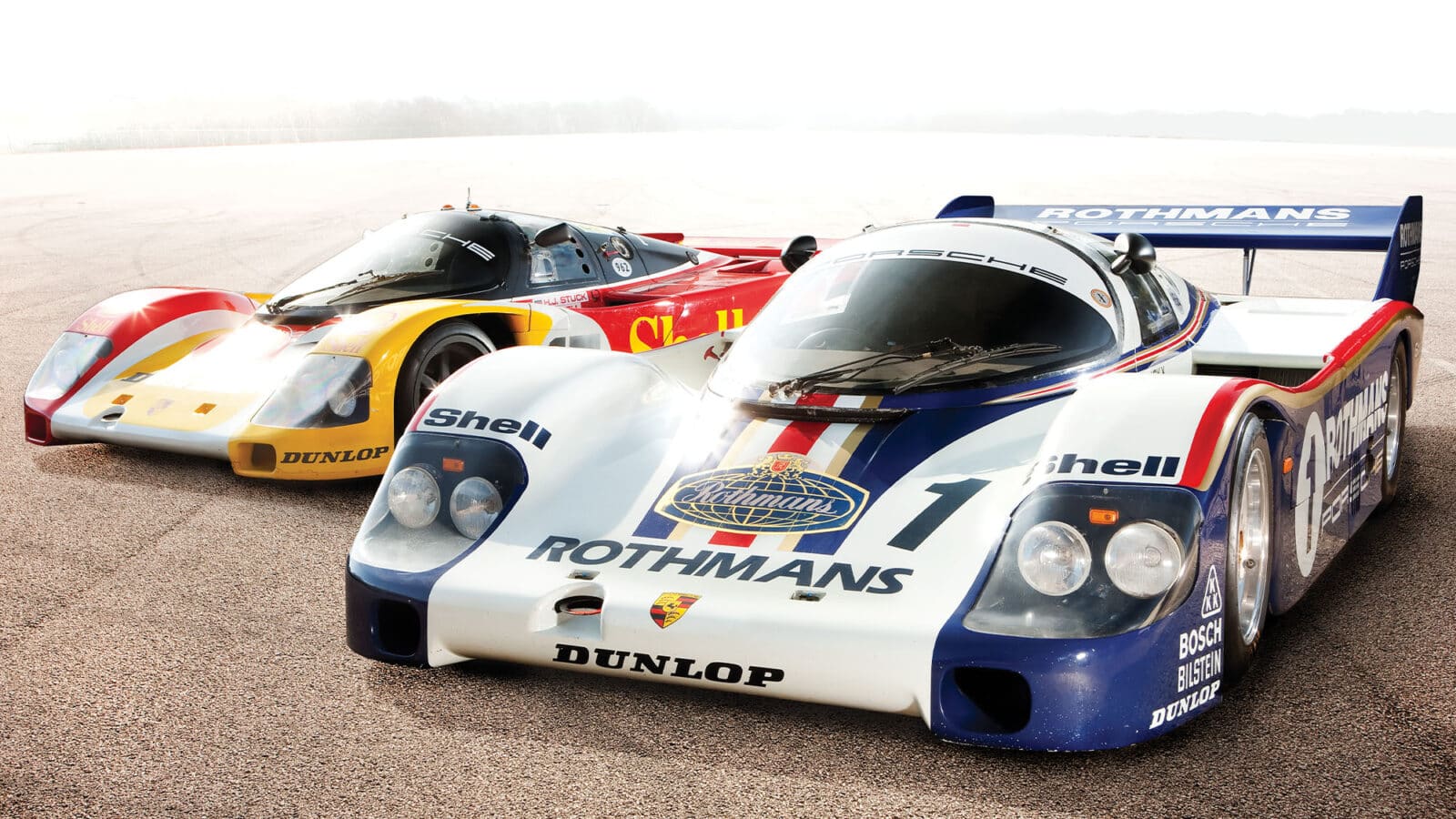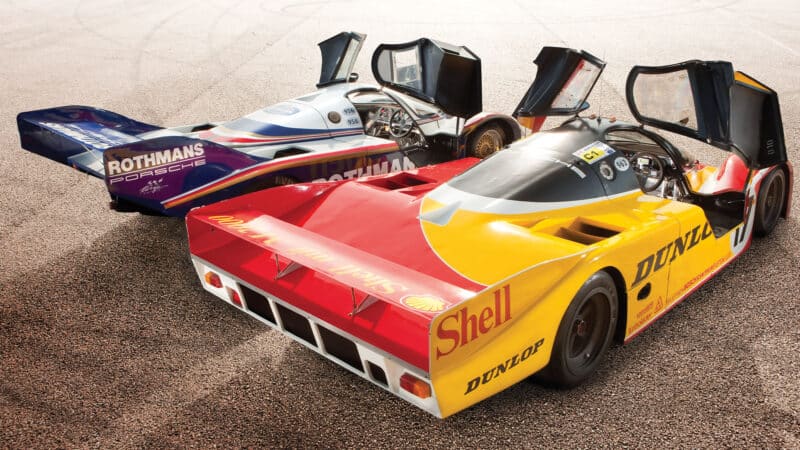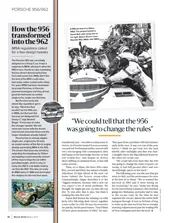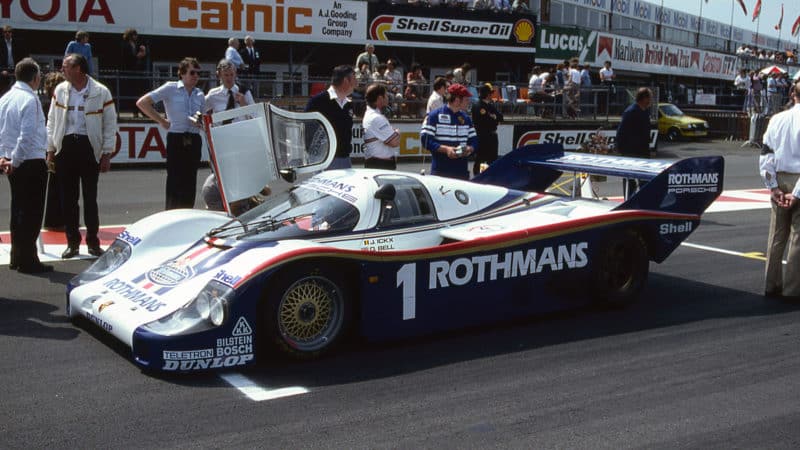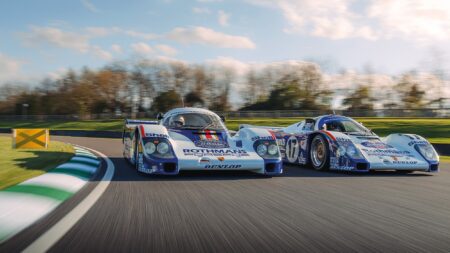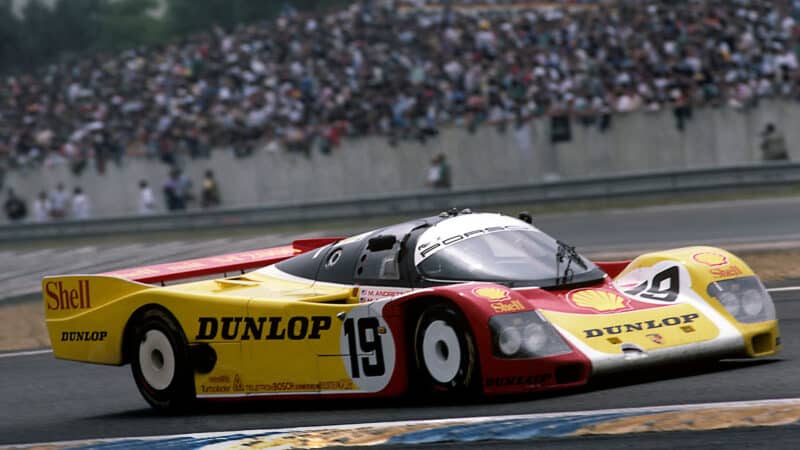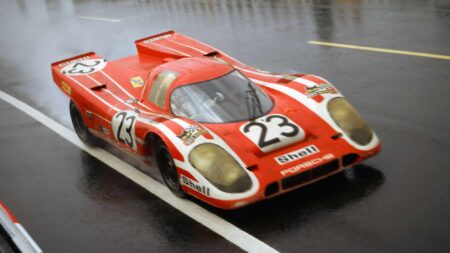“Those rules were brilliant,” sighs Jonathan Palmer, one of the very quickest Group C Porsche drivers. “A fuel consumption formula that was 20 years ahead of the global economy. What made Group C was that it was an engineer’s formula. You had four, six, eight and twelve cylinder cars, normal aspiration and turbocharging. There were so many different sights and sounds and, in that most creative environment, you’d always back Porsche to do its maths properly.”
Quite so. But even by Porsche standards the 956 was a mammoth undertaking, for it was anything other than just the next in a long line of racing cars.
In two critical respects the 956 would break new ground for Porsche. First, and somewhat staggeringly, Porsche had never built a monocoque racing car before, despite the known strength, stiffness and light weight of a structure that combined body and chassis into a single load-bearing form rather than carrying a separate skeleton like a spaceframe or ladder chassis. The technology was hardly new: in the world of sports cars the Jaguar D-type had a semi-monocoque construction in 1954, the Lola T70 a full monocoque in 1965. But Porsche had stayed faithful to spaceframes all through the 908 and 917 eras and then right up to and including the 936. Since the 936 had proven good enough to win Le Mans in 1981 when it was already a five-year-old design, you could perhaps see why. Indeed Porsche only decided to make the 956 a monocoque car when it couldn’t get the crash protection mandated by the FIA with a space-frame.
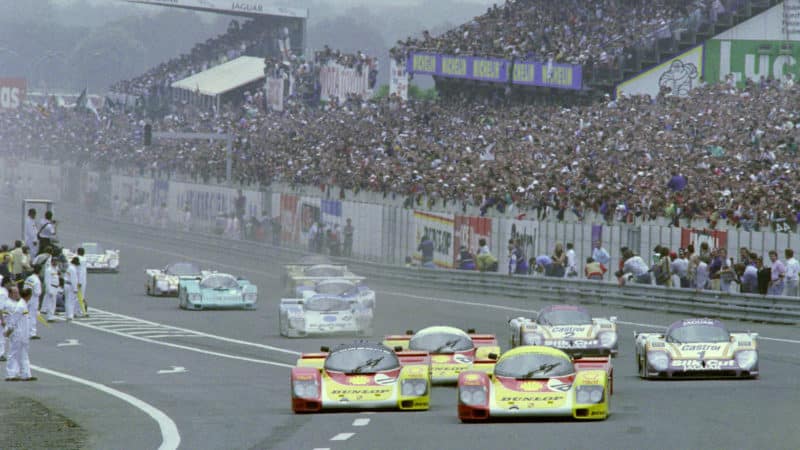
Last factory 962 was built for 1988 Le Mans assault
Getty Images
The second departure for Porsche was prompted by the fact that the 956 would be its first racer to be developed after the discovery of ground effect. The challenge was not simply to understand the physics but also to adapt a sports car design to make the most of it, without the use of the skirts that sealed the undersides of Formula 1 cars. The pitch to two-time Le Mans winner Derek Bell from Dr Helmuth Bott was simple: “He said ‘Derek, we have never done a monocoque car before. We have never done a ground effect car before. But Derek, we have never been wrong before.’” Bell duly signed and was the only man to race Group C cars for the factory from first to last. He would also add three more Le Mans wins in between, too.
